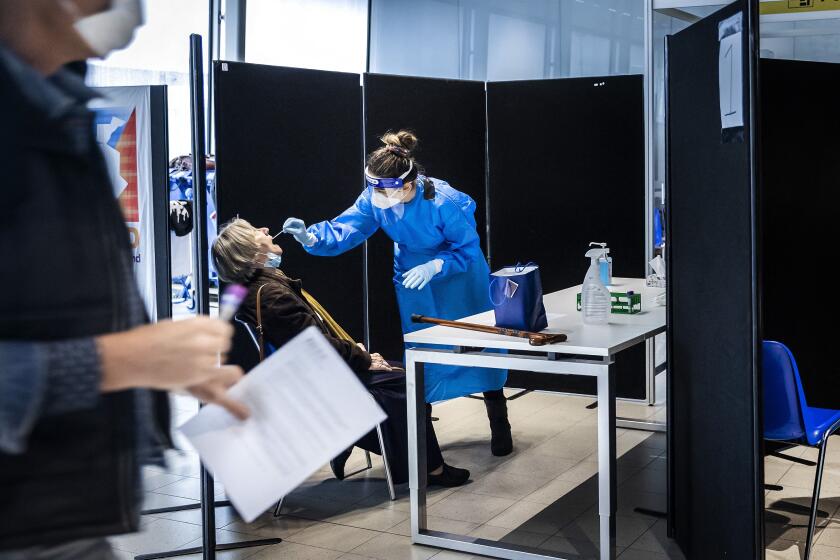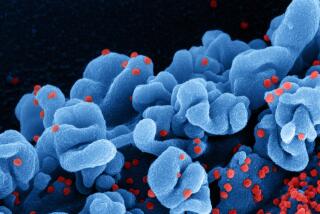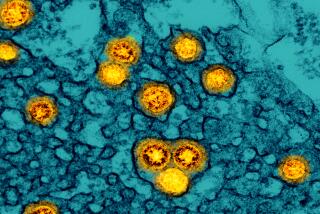Omicron? Many Americans give it a shrug
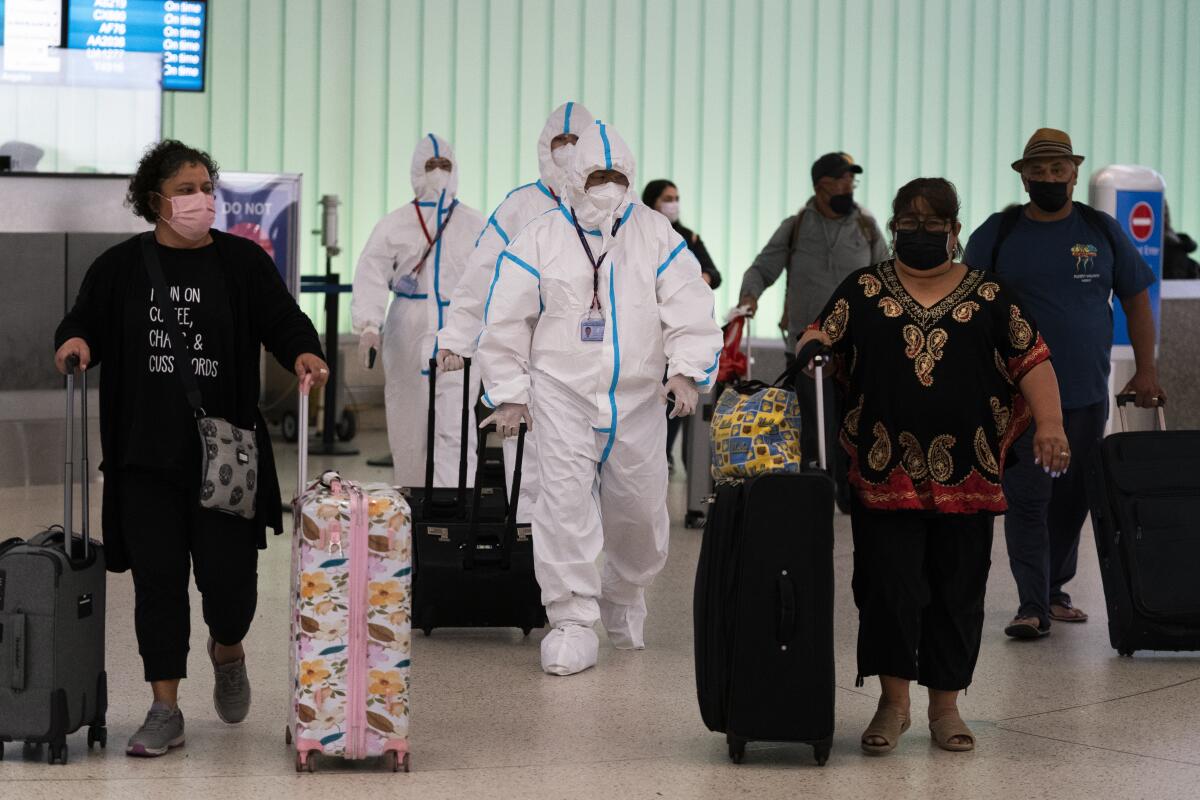
Donna Smith was vaccinated, booster shot and all, and ready to travel.
Then came reports a new fast-spreading COVID-19 variant, Omicron, raising the specter of a new wave of infections, hospitalizations and deaths.
There was a time when such news might have alarmed her. But not now.
She has no intention of changing her plans to spend Christmas with her kids in the Appalachian Mountains of Tennessee and then taking off in her motorhome on a tour of the Southwest.
Gloom and frustration as already struggling Europe faces down new coronavirus variant Omicron .
“You have to live life,” said Smith, 53. “The virus is with us forever; we have to adjust.”
As financial markets shuddered and global leaders contemplated new travel restrictions in response to reports of the variant, many Americans had a much different reaction: ho-hum.
After nearly two years and 780,000 U.S. deaths, fatigue and fatalism have become as much a part of pandemic life as booster shots. The emergence of a new variant — at least one as poorly understood as Omicron — seems unlikely to change that.
“I cannot believe we are still going through this,” said Lisa Cotton, 56, who owns a shoeshine stand in downtown Minneapolis.
She is vaccinated and exhausted. Business has been slower than in years past but is picking up as offices reopen.
Her level of caution? Unchanged.
Cotton said she plans to work through the holidays and also do catering gigs on the side.
“Hopefully the cases don’t surge too much,” she said.
Little is known about Omicron, whose discovery in South Africa was announced last week. The variant has since been detected in Europe, Asia and Canada. The World Health Organization says that it poses a “very high” risk of global spread, and that based on its mutations could be less susceptible to the current vaccines.
Omicron’s impact on the COVID-19 pandemic will depend on a variety of factors that will take days to weeks for scientists to untangle.
As of Tuesday, it had not been found in the United States, but the White House’s top pandemic advisor, Dr. Anthony Fauci, has said he “would not be surprised” if it were already here.
Experts said figuring out Omicron could take months. Its effects could be catastrophic and set the nation and world back in the battle against COVID-19. Or it could be a relatively benign variant that spreads quickly but causes little harm.
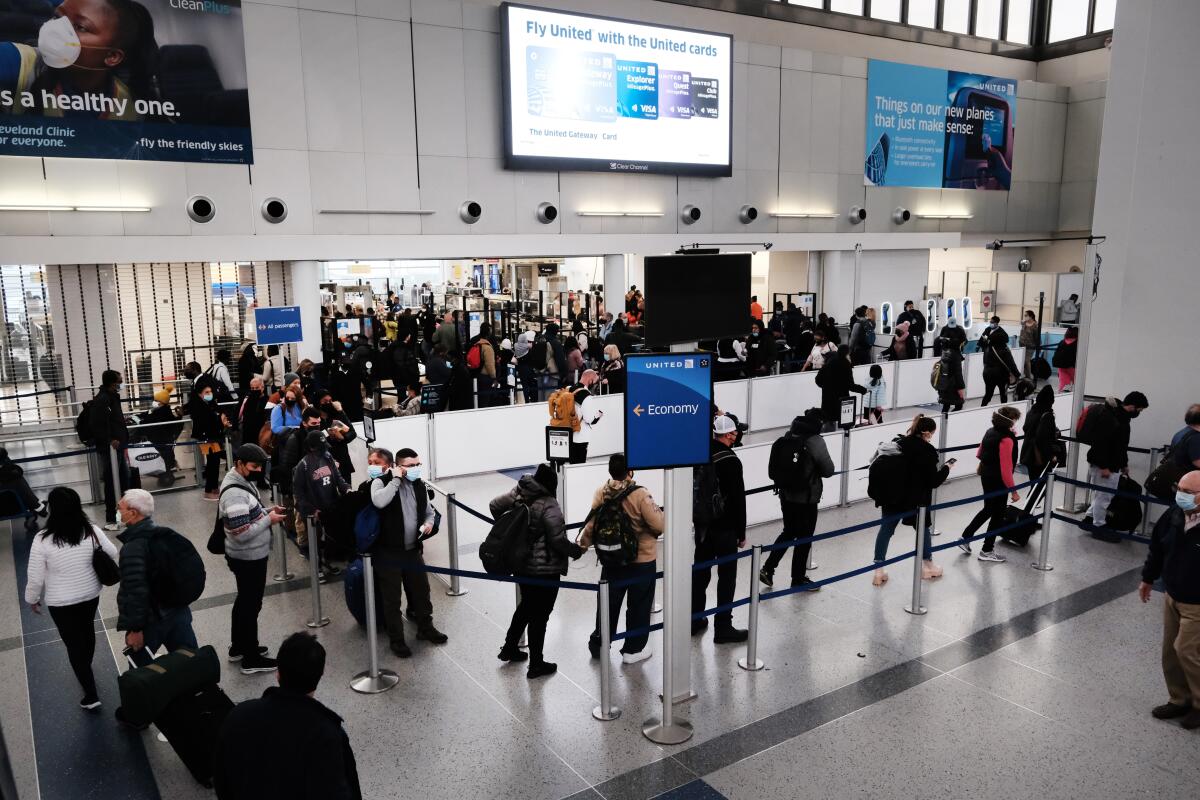
“Really too early to tell what it means,” said Georges Benjamin, president of the American Public Health Assn. “The fact that it has so many mutations is of real concern, but it will depend on how easily it evades the vaccine, if at all.”
“It is very infectious by all accounts, but in a part of the world” — Africa — “with very low vaccination rates, so its impact in high-vaccination populations is untested,” he said.
Americans appear to be heeding calls to avoid panic. A poll released this week by YouGov found that 21% of U.S. adults were “very concerned” about Omicron.
Some 33% were “somewhat concerned,” while the remaining 45% were “not very concerned,” “not concerned at all” or “not sure.”
For many, the early days of the pandemic — the confusion about how the coronavirus spreads, the shutdowns, the run on toilet paper — have been relegated to distant memory by surge after surge.
This December was supposed to be a holiday season for the vaccinated. The experts had cleared the 59% of Americans who are vaccinated to return to a semblance of pre-pandemic life — to board flights and cram into homes without masks for long-overdue reunions.
And that is exactly what many plan to do.
“I am over it,” said Soffia Wardy, 54, who runs a gift store in Aspen, Colo., and writes books about food.
“They sound the alarms so loudly about Omicron because they don’t know how bad it is or isn’t,” she said. “So what are we to do?”
Her answer: Host dozens of people this month at several Christmas parties.
“I just wish we had a crystal ball to tell us what happens now with Omicron and this pandemic, because it seems we go in circles,” she said.
Ted Cotrotsos, a graphic designer in Seattle, said he worried about how well the current vaccines would match up against Omicron.
“It’s the unknown that’s really troubling,” said the 65-year-old. “We just don’t know how much protection we truly have.”
Still, he and his wife, both vaccinated, plan to vacation with friends this month in Southern California.
“It seems like we are steadily making our way through the Greek alphabet,” he said about the latest variant. “At some point, I just hope we can get ahead of this virus.”
Others, including people who have been on the front lines of the pandemic, are less relaxed about the new variant.
Dr. Ivan Melendez, the top health official in Hidalgo County, Texas — where COVID-19 took a heavy toll on Latino families that gathered for previous holidays — predicted Omicron infections could follow the same course as the Delta variant.
That strain drove average daily infections in his region from 48 to 600 over the summer. Now the average is back to 48 — 90% of them among the unvaccinated.
His advice: “Assume that [people] have COVID unless proven otherwise.”
Priscilla Garcia, a 40-year-old nurse in Texas’s Rio Grande Valley, has spent most of the pandemic doing just that.
After both of her parents died of COVID-19 last year — she was also infected — she appeared in public service announcements urging people to take the pandemic seriously.
Only recently did her caution begin to ease.
“I did go to the mall the other day. It was in the morning, so there were not a lot of people,” Garcia said. “Then I heard about Omicron, and I was like, ‘Oh, not again!’”
“I’m kind of at a point where I don’t know what to think anymore,” she added. “Since I’ve had COVID and dealt with loss from it — what more can happen?”
Kaleem and Lee reported from Los Angeles and Hennessy-Fiske from Houston. Times staff writers Jenny Jarvie in Atlanta and Emily Baumgaertner in Los Angeles contributed to this report.
More to Read
Sign up for Essential California
The most important California stories and recommendations in your inbox every morning.
You may occasionally receive promotional content from the Los Angeles Times.
